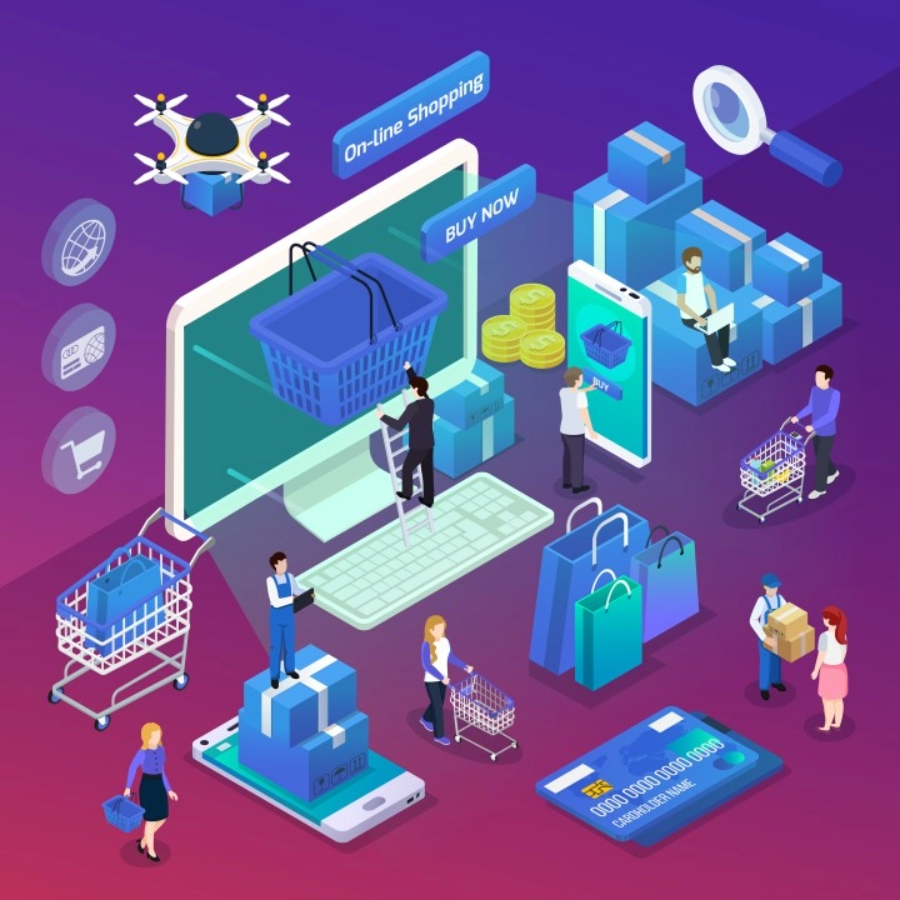Artificial intelligence generation – Disrupting the IT sector
Artificial intelligence that uses generative techniques can create a variety of content, including text, images, audio, and synthetic data. The ease of use of new user interfaces for quickly producing high-quality text, pictures, and movies has fueled recent interest in generative AI. On the one hand, this newly discovered skill has created prospects for more robust educational content and better movie dubbing. Deepfakes, which are digitally fabricated images or videos and destructive cybersecurity assaults on enterprises, including illicit requests that convincingly impersonate an employee’s supervisor, were also brought to light.
Understanding Generative AI
To represent and analyze content, generative AI models mix several AI techniques. For instance, sentences, parts of speech, entities, and actions are created from raw characters (such as letters, punctuation, and words) using various natural language processing algorithms to generate text. These transformed characters are then represented as vectors using a variety of encoding techniques. Similar to how vectors are conveyed, photos are changed into other visual elements. One word of caution: these methods have the potential to encode biases, discrimination, dishonesty, and puffery present in training data.
Working Process of Generative AI
A gesture may be presented to generative AI in the form of text, an image, a video, a design, musical notation, or any other input that the AI system can understand. Then, different AI systems respond to the suggestion by returning fresh content. Essays, problem-solving techniques, and lifelike impersonations made from a person’s images or audio can all be included as content.
Early iterations of generative AI required data submission through an API or another laborious procedure. Developers have to become familiar with specialized tools and create applications using programming languages like Python.
Pioneers in the field of generative AI are currently creating better user interfaces that enable you to express a request in plain English. You can alter the outcomes after the initial response by providing input.
Benefits of generative AI
Developers are investigating how generative AI can enhance current workflows with the goal of completely rewriting workflows to take advantage of the technology. The following are some potential advantages of applying generative AI:
- Automating the labor-intensive process of content creation.
- Lessening the effort required to reply to emails.
- Improving the way particular technical queries are answered.
- Creating accurate portraits of people.
- Consolidating voluminous material into a logical narrative.
- Making the process of producing content in a specific style simpler.
Limitations of generative AI
The numerous drawbacks of generative AI are starkly illustrated by early implementations. The precise methods utilized to achieve different use cases are the cause of some of the difficulties that generative AI poses. A synopsis of a complicated subject, for instance, reads more easily than an explanation with a variety of sources to back up the main ideas. However, the summary’s readability comes at the expense of the user’s ability to verify the source of the information.
The following are some restrictions to take into account when creating or utilizing a generative AI app:
- It occasionally fails to specify the author of the content.
- Determining the bias of original sources can be difficult.
- It can be challenging to grasp how to spot false information in realistic-sounding content.
Ethics and bias in generative AI
The acceptable accuracy of abundant AI introduces a new set of AI risks. This can be a big bother back we await abundant AI after-effects to address cipher or accommodate medical advice. Many after-effects of abundant AI are not transparent, so it is adamantine to actuate if, for example, they borrow on copyrights or if there is bother with the aboriginal sources from which they draw results. If you don’t feel how the AI came to a conclusion, you cannot have insight into why it ability be wrong.
Examples Of Generative AI
Chat GPT is an open-source language-producing AI version evolved by way of OpenAI. Chat GPT scours thousands and thousands of pages of content material, which includes articles, books, and Wikipedia, and produces, in seconds, text that is tremendously coherent and realistic. Chat GPT leverages deep getting to know, analyzing large quantities of text facts, mastering the styles, and mimicking the structure of natural language. This enables Chat GPT to generate sensible and expressive text while it is great-tuned for unique duties. Chat GPT works with a textual content enter spark off wherein the human offers a spark off, and Chat GPT generates the content material based on the prompt. To check this, I asked Chat GPT to write an article on the “effect of Chat GPT on mastering and improvement,” which it brought in seconds.
Data Analysis and Decision-Making
Generative AI can improve data analytics in several ways:
- Data Augmentation
- Anomaly Detection
- Feature Engineering
- Simulation and Optimization
Generative AI can revolutionize decision-making processes in the following ways:
- Automated Decision Support
- Personalized Recommendations
- Creative Problem Solving
- Strategic Forecasting
Conclusion
The IT business is about to be disrupted and transformed by a technological force called “generative AI,” which is not just a passing fad. The influence of generative AI is extensive and diverse, affecting everything from software development to the creation of original content, data analysis, and consumer experience. Adopting this technology might result in previously unheard-of levels of innovation, efficiency, and competitiveness. Companies that embrace the potential of generative AI will be leading the charge in defining the future as the IT sector develops further.
Source
- https://www.bitsathy.ac.in/ai-generative-models/
- https://www.kenbun.de/en/the-generations-of-artificial-intelligence/
- https://ori.hhs.gov/education/products/n_illinois_u/datamanagement/datopic.html#:~: text=Data%20Analysis%20is%20the%20process,and%20recap%2C%20and%20evaluate%20data.

